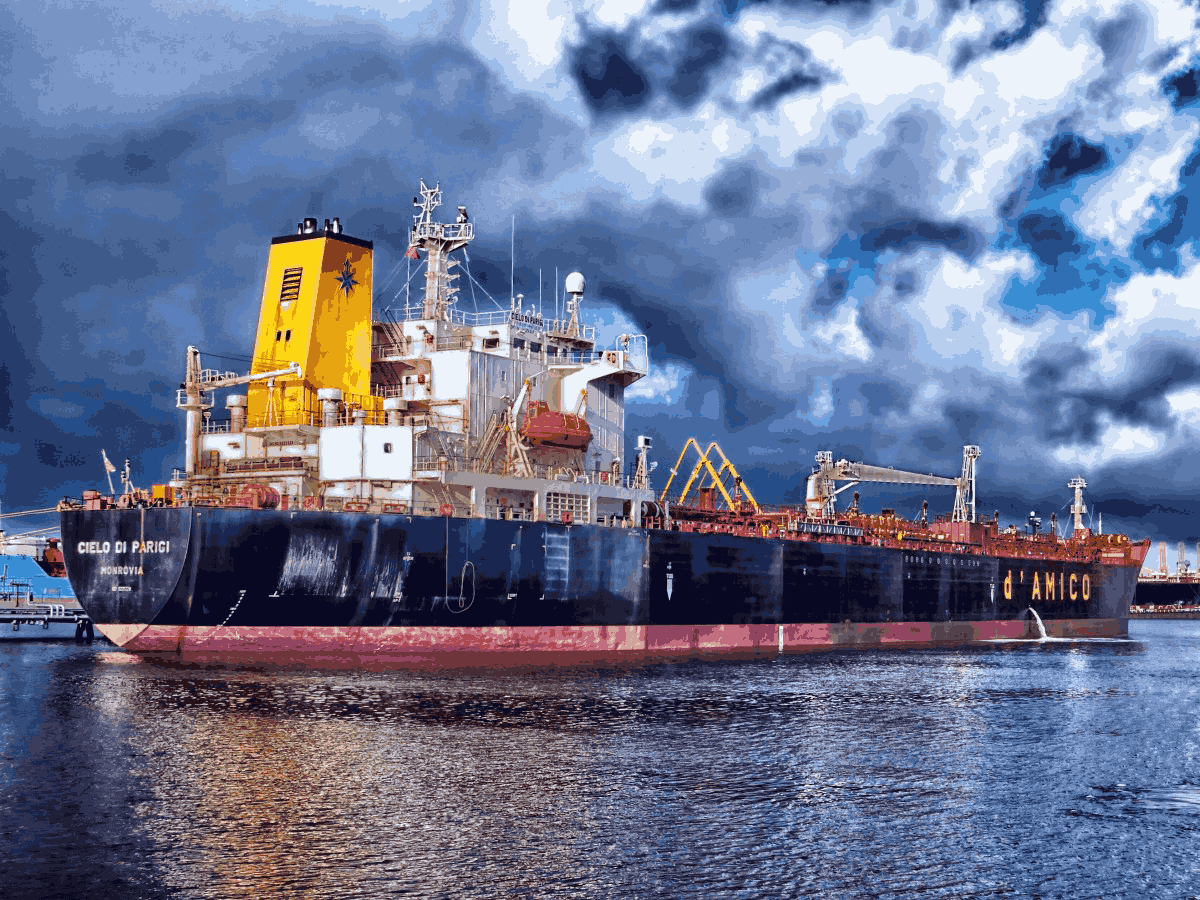What is Cold Work on Ships? A Guide for Maritime Professionals
Cold work is a vital concept in the maritime world, crucial for ensuring both safety and effective ship operations. Yet, it’s often misunderstood or overshadowed by its counterpart, hot work. This blog post dives deep into the topic of cold work on ships, its significance, procedures, and the safety measures required to perform it correctly. If you’re a maritime professional or an aspiring seafarer, understanding cold work is essential for your knowledge and on-the-job safety.
What is Cold Work on Ships?
Cold work refers to any kind of task performed without involving equipment or processes that produce flames, sparks, or heat. Unlike “hot work,” which involves activities like welding or cutting metals with torches, cold work is safer in terms of fire hazards but can still pose risks if not done correctly.
Examples of cold work include:
- Working on electrical systems in hazardous environments after ensuring power is disconnected.
- Opening pipelines or cargo systems, which may contain trapped toxic or flammable substances.
- Chipping, scaling, or scraping the ship’s structure or surfaces, which may cause contact sparks.
How Cold Work Influences Ship Safety and Performance
Cold work plays a vital role in the safe functioning and maintenance of ships. It’s not just about maintenance practices but also about strengthening metal components of the ship through a process called “cold working.”
The Process of Cold Working
Cold working involves plastic deformation of metal at room temperature to improve its properties. Subjecting metal to mechanical stress changes its crystalline structure permanently, leading to the following enhancements:
- Tensile Strength: The metal becomes sturdier, making it more resistant to pulling or stretching forces.
- Hardness: The surface of the metal becomes harder, reducing vulnerability to wear and tear.
- Yield Strength: The metal becomes more resistant to permanent deformation under heavy loads.
- Ductility: Although ductility may decrease, the metal becomes more durable for certain structural purposes.
By combining these properties, cold working ensures the ship’s structural components are stronger and better suited to withstand the harsh marine environment, ultimately boosting ship performance.
Why is Cold Work Important on Ships?
Cold work impacts both personnel safety and the ship’s integrity. Here are a few reasons why it’s crucial:
- Prevention of Fire Hazards
Since cold work avoids fire-producing processes, it is inherently safer in environments that may contain flammable substances.
- Maintenance of Essential Systems
Many cold work tasks involve inspecting, repairing, or maintaining vital ship systems, such as electrical equipment and pipelines.
- Improved Metal Properties
Cold working metal enhances the ship’s structural integrity, making it more resilient during voyages.
- Operational Efficiency
Proper execution of cold work ensures systems like cargo handling equipment and storage pipelines function seamlessly, reducing downtime.
Cold Work Safety Measures
Despite its relative safety compared to hot work, cold work still poses risks, particularly in hazardous maritime environments. To ensure safety during cold work, adhere to these practices:
1. Issue a Permit to Work
Whenever cold work is planned in hazardous areas, such as the cargo zone, crew members must obtain a permit to work for each task. This permit ensures all safety measures are in place and explicitly defines the task’s scope and timeframe, usually limited to one working day.
2. Conduct Atmosphere Testing
Before performing cold work in enclosed or potentially hazardous spaces, use monitoring equipment to test for hydrocarbons. The readings should be less than 1% of the lower flammable limit (LFL) to certify the space as safe.
3. De-Energize Equipment
If the task involves electrical systems, ensure the equipment is completely powered off, locked out, and tagged to prevent accidental re-energization.
4. Adequate Ventilation and Lighting
When working in confined spaces, ensure proper ventilation to avoid the build-up of toxic fumes. Also, provide sufficient lighting for better visibility.
5. Personal Protective Equipment (PPE)
Equip personnel with appropriate PPE, such as gloves, safety goggles, steel-toe boots, and respiratory protective gear, if required.
Advantages of Cold Work
Cold work isn’t just about safety; it offers several operational and technical advantages, particularly when working on metal components. These include:
- Enhanced Dimensional Control
Cold working ensures precise shaping and sizing of components, allowing them to fit and function perfectly within their intended systems.
- Superior Surface Finish
Cold working techniques improve the texture of metal surfaces, reducing imperfections and enhancing durability.
- Safer Methods for Sensitive Areas
Unlike hot work, cold work can be performed in hazardous zones with reduced risk of fire-related incidents.
- Strengthens Metals Without Heat Treatment
For metals that don’t respond well to heat treatment, cold working is the ideal method for achieving greater hardness and tensile strength.
Common Cold Work Applications on Ships
Maritime professionals encounter cold work as part of various maintenance and operational tasks. Examples include:
- Repairing and maintaining electrical systems to ensure efficiency and safety.
- Clearing and preparing cargo pipelines or tanks.
- Conducting regular structural inspections by chipping, scaling, or descaling corroded areas.
- Sealing leaks or replacing components in systems vulnerable to flammable substances.
Cold Work and Its Future in the Maritime Industry
The maritime industry is increasingly adopting advanced technologies to improve cold work safety and efficiency. Automation, for example, is being introduced to cold work tasks such as robotic scaling systems and remote pipeline inspection tools. These developments aim to minimize human risk and enhance precision.
Implementing best practices and staying updated on the latest safety standards is essential for all maritime professionals involved in cold work. These measures not only ensure safety but also prolong the life of critical ship systems.
Reinforce Your Cold Work Knowledge for Safer Operations
Cold work may seem less intimidating than hot work, but it requires just as much preparation, caution, and adherence to safety protocols. When performed correctly, cold work enhances not only the safety of ship operations but also the performance and longevity of key structural components.

